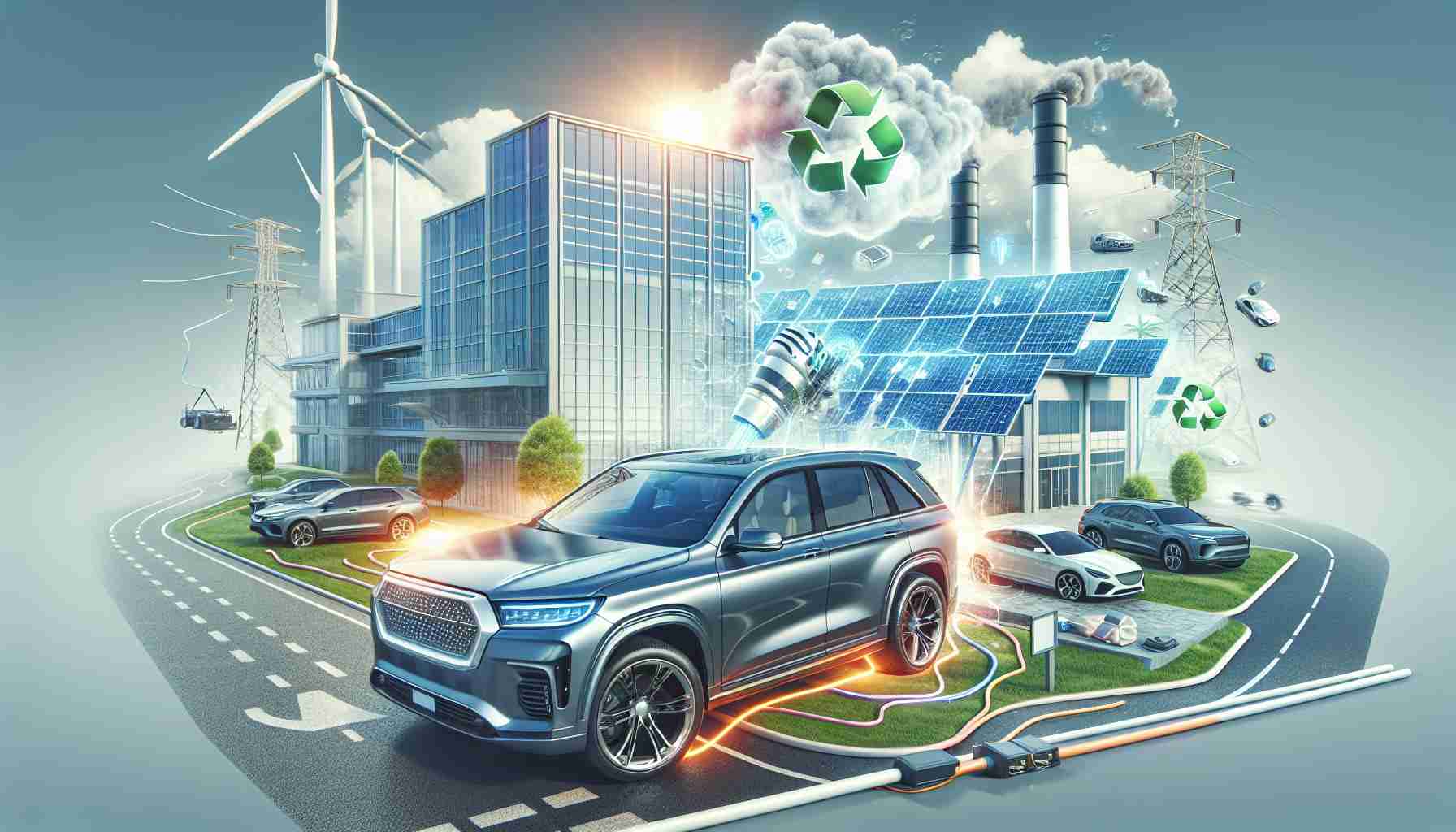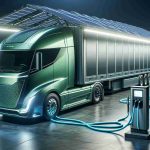- Ford’s CEO Jim Farley advocates for smaller, more economical electric vehicles (EVs) over large electric SUVs and trucks due to high costs and operational challenges.
- Large electric pickups, like the Chevy Silverado EV and Tesla Cybertruck, have steep price tags often exceeding $70,000, impacting their market viability.
- Sales of electric trucks declined in 2024, with the Cybertruck failing to meet production expectations.
- Production cuts of the Ford F-150 Lightning indicate the challenges faced in the marketplace, where consumer demand for large EVs is limited.
- Ford is pivoting towards extend-range electric vehicles (EREVs) that combine electric power with gas generators to enhance practicality for consumers.
- Ford’s commitment to affordability and practicality aims to align more closely with consumer needs in the evolving EV landscape.
Ford’s CEO, Jim Farley, has raised eyebrows with his candid assessment of large electric SUVs and trucks. During a recent earnings call, he unveiled Ford’s electrification strategy, which emphasizes smaller and more economical electric vehicles (EVs). Farley pointed out the stark differences in operational needs between commercial customers and average consumers, stating that the economic challenges for larger EVs are monumental.
When it comes to hefty electric pickups like the Chevy Silverado EV and Tesla Cybertruck, prepare for a hefty price tag—often exceeding $70,000 and pushing well into the high $90,000s. With massive batteries to power them, these trucks are not only expensive but also struggle with real-world efficiency.
In 2024, electric truck sales floundered despite initial hype. The Cybertruck, once expected to be a game-changer, fell short of its ambitious production goals, delivering only 38,965 units. Meanwhile, the Ford F-150 Lightning, despite a year-over-year increase, is a shadow of its gas-powered counterparts, prompting multiple production cuts.
Farley emphasized that retail customers are unwilling to pay extra for large EVs, making their production less viable. Instead, Ford is shifting focus to extend-range electric vehicles (EREVs), blending electric powertrains with gas-powered generators for longer trips.
Ultimately, Ford is taking a bold approach, concentrating on small and medium-sized vehicles that marry affordability with practicality. As they dive into this new direction, the automaker is committed to developing the next generation of EVs that are not only cost-effective but also aligned with the real-world needs of consumers. Keep an eye on Ford; the future of electric vehicles might just get a lot brighter!
Ford’s Bold New Electric Vehicle Strategy: What You Need to Know!
Ford’s New Direction in Electrification
Ford’s CEO, Jim Farley, has stirred up conversation with his frank evaluation of the electric vehicle (EV) landscape, particularly concerning large electric SUVs and trucks. This follows his recent earnings call, where he detailed Ford’s new electrification strategy. Recognizing the vastly different operational needs of commercial customers compared to average consumers, Farley highlighted the immense economic challenges that financing larger EVs presents.
# Key Industry Insights
– Cost of Large Electric Trucks: Heavy-duty electric trucks such as the Chevy Silverado EV and the Tesla Cybertruck carry price tags often exceeding $70,000, reaching as high as $90,000. This price reflects the significant costs associated with the large batteries required to operate these vehicles, which also tend to struggle with real-world efficiency and return on investment.
– Market Performance: In 2024, the sales of electric trucks have disappointed despite early excitement. The Tesla Cybertruck, once hailed as revolutionary, fell far short of its production targets, delivering only 38,965 units. The Ford F-150 Lightning, while seeing some improvements year-over-year, is still trailing behind its gasoline-powered siblings, leading to multiple production adjustments.
– Shift to EREVs: Farley has indicated a strategic shift towards extend-range electric vehicles (EREVs) that integrate electric powertrains with gasoline generators. This hybrid approach is aimed at providing flexibility for longer trips while maintaining cost-effectiveness—an important factor as retail customers show reluctance to pay a premium for larger EVs.
New Innovations and Trends in EVs
– Focus on Affordability: Ford’s pivot towards smaller and medium-sized electric vehicles aligns with consumer demands for more economically viable options. The goal is to create cost-effective EVs that do not compromise on practicality.
– Market Predictions: Analysts suggest that as more manufacturers pivot towards smaller, more affordable EVs, competition in this segment will intensify, potentially leading to innovations that could further drive down costs and improve accessibility.
– Sustainability Aspects: Emphasizing sustainability, Ford’s new models are expected to integrate more sustainable manufacturing processes, reflecting growing consumer and regulatory demands for eco-friendly vehicles.
Frequently Asked Questions
1. What are the economic challenges of large electric vehicles?
Large EVs often come with high upfront costs due to their extensive battery packs, and consumers typically face additional expenses related to charging infrastructure and maintenance. The reluctance of retail customers to invest in these vehicles impacts production viability.
2. How does Ford plan to compete in the EV market?
Ford’s competitive edge lies in its strategic focus on smaller affordable EVs and hybrid EREVs, targeting both commercial and retail sectors. This approach seeks to cater to diverse consumer needs while keeping costs manageable.
3. Are large electric trucks becoming less popular?
Yes, the performance and sales numbers indicate a downturn in interest for large electric trucks, with many customers finding them too costly and impractical compared to more affordable vehicles. Ford’s strategy reflects a shift in consumer preferences toward more economical options.
For more insights on electric vehicles and the latest trends in the automotive industry, visit Ford.



















